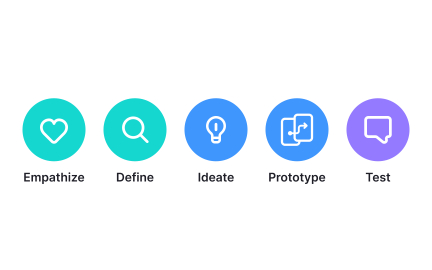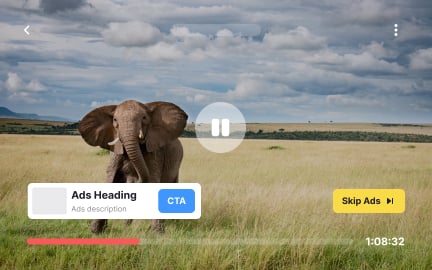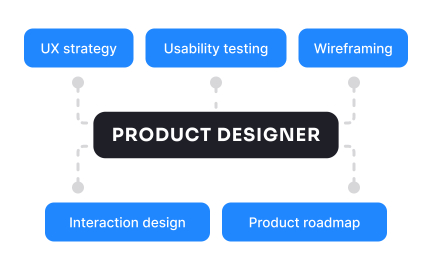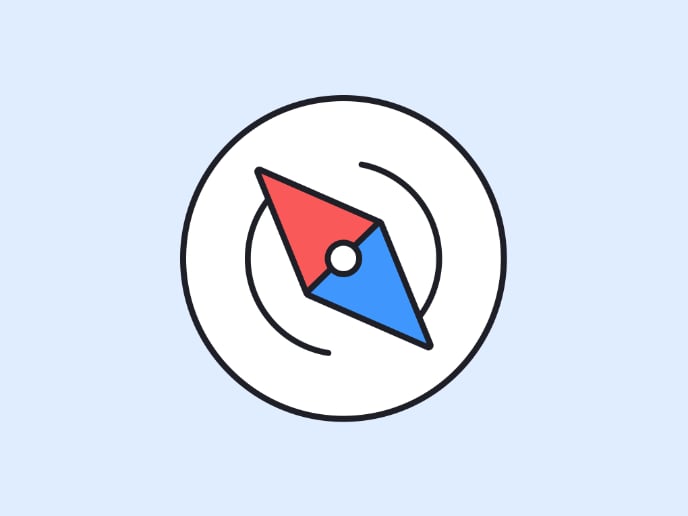Product Thinking
Product thinking is a mindset that frames work around solving real user problems while aligning with business goals, guiding design, development, and strategy.
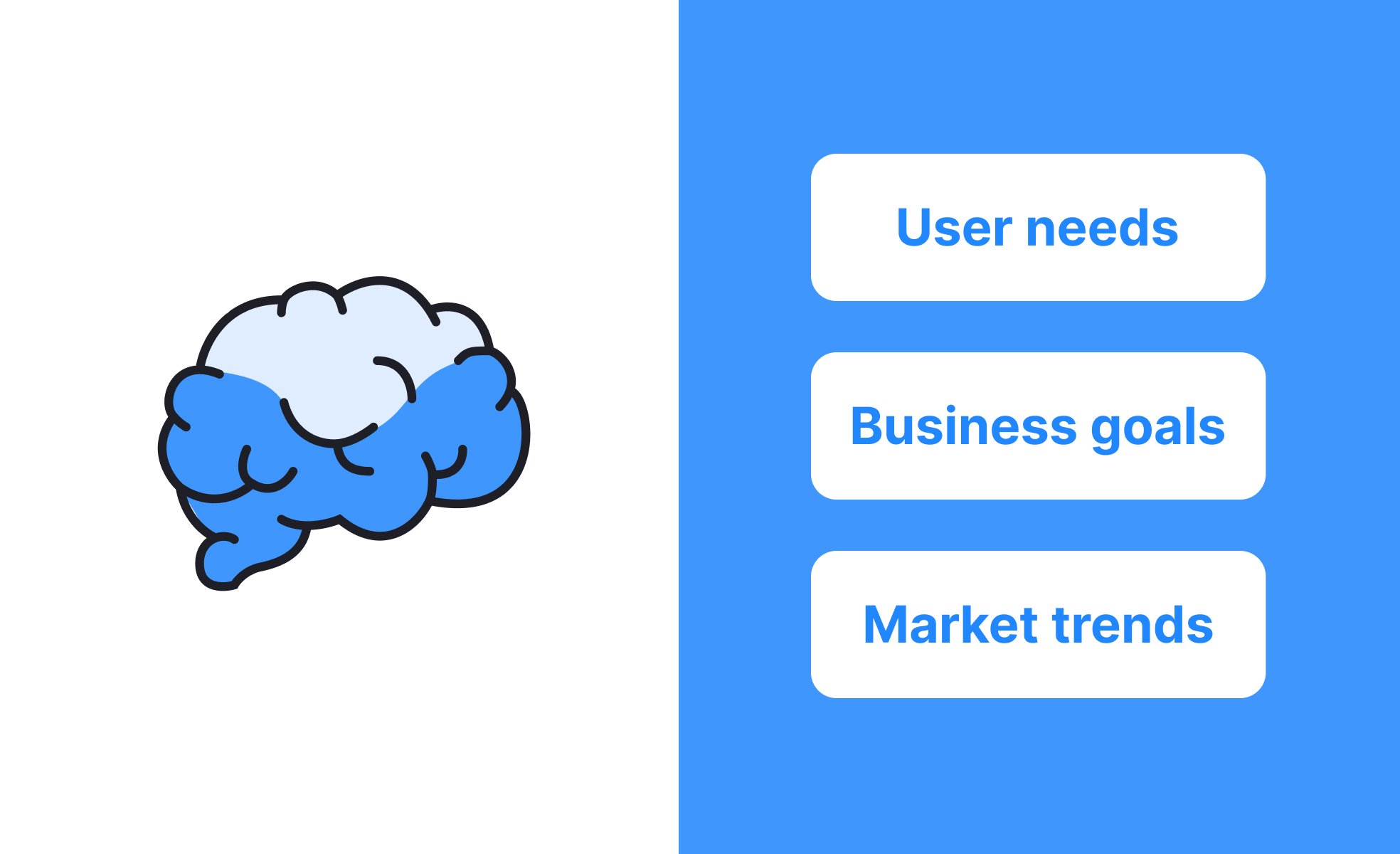
TL;DR
- Focuses on outcomes over outputs.
- Balances desirability, feasibility, and viability.
- Encourages decisions rooted in user problems.
- Guides teams toward lasting value, not quick wins.
Definition
Product thinking is a problem-solving mindset that emphasizes delivering value by aligning user needs, technical feasibility, and business goals, ensuring that teams prioritize outcomes rather than simply delivering features.
Detailed Overview
Product thinking shifts the focus of product development from shipping features to solving meaningful problems. Instead of asking “what should we build?” it starts with “why are we building this?” By reframing work in terms of value and outcomes, teams create solutions that are more impactful and aligned with user and business needs.
A common question is how product thinking differs from feature-driven approaches. In feature-driven teams, success is measured by how many items on the roadmap are completed. Product thinking changes the measure of success to whether the solution meaningfully improves user behavior or business results. This prevents wasted resources on features that look impressive but solve little.
Another key aspect of product thinking is balancing desirability, feasibility, and viability. Desirability ensures the product solves real user needs. Feasibility ensures the solution can be built with available technology and resources. Viability ensures it supports the business model. Neglecting one of these factors often leads to failure, even if the other two are strong.
Teams frequently ask about the role of research in product thinking. Research is central because it grounds decisions in evidence. Interviews, usability testing, analytics, and surveys uncover the real problems users face, preventing teams from building based on assumptions. Strong product thinking integrates these insights into strategy and prioritization.
Measurement is another important part of the mindset. Rather than treating feature delivery as the end, teams track whether outcomes are achieved. For example, a new onboarding flow is not successful just because it launches; it must also improve activation rates. This outcome-focused measurement ensures effort leads to value.
Collaboration also improves under product thinking. Designers, engineers, and product managers align around shared outcomes rather than siloed tasks.
Learn more about this in the Product Design Exercise, taken from the Design Disciplines Lesson, a part of the Design Terminology Course.
Feature-driven thinking focuses on outputs, like delivering specific features on a roadmap. Product thinking focuses on outcomes, such as solving user problems or improving retention. By shifting focus to outcomes, teams avoid building things that look useful but provide little value.
This approach encourages more strategic decision-making, ensuring every investment ties back to broader goals.
Product thinking balances desirability, feasibility, and viability. A desirable product solves real user needs, a feasible product can be built with existing resources, and a viable product supports business sustainability. Without all three, success is unlikely.
This framework helps teams evaluate ideas holistically rather than chasing isolated opportunities.
Research ensures teams understand real user problems. Without it, they risk designing solutions for imagined issues. Interviews, usability tests, and data analysis highlight pain points, motivations, and behaviors that inform product decisions.
By grounding priorities in research, product thinking reduces risk and increases impact.
Instead of counting features delivered, success is measured by outcomes such as activation, retention, or revenue. For example, an improved search feature is not successful simply by launching—it must also increase successful queries and reduce frustration.
This redefinition of success ensures resources are tied to results, not outputs.
Everyone involved in building or influencing products benefits. Designers make better decisions by focusing on user problems, engineers prioritize the right solutions, and leaders align investments with meaningful outcomes.
When product thinking is widely adopted, organizations build products that sustain growth and remain relevant over time.
Recommended resources
Courses

Product Discovery

Product Analytics

UX Research
Lessons

Analytics Strategy & Planning

Continuous Discovery Mindset

Intro to Product Discovery
Briefs
Projects

Pulse Metric- Dashboard for solo founders

CANBorder Mobile App Redesign





